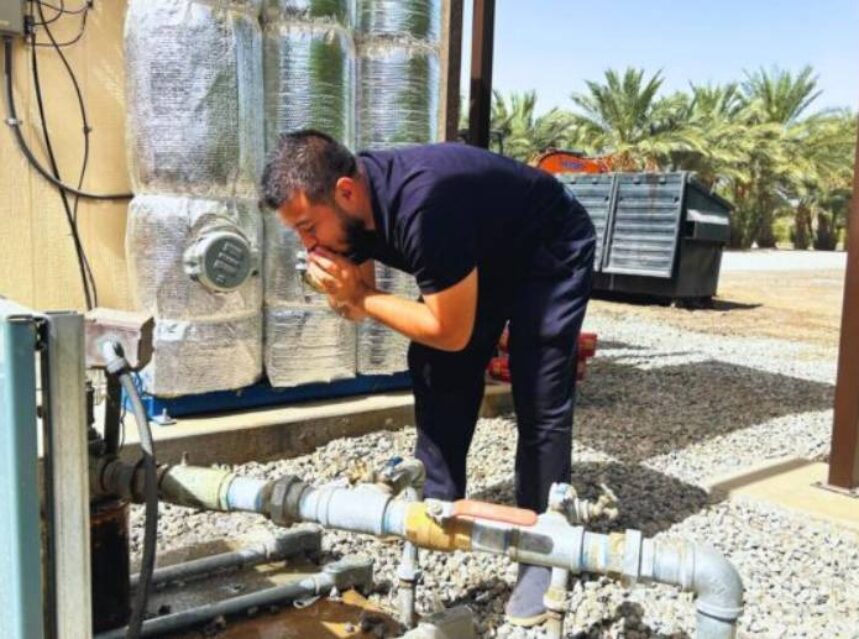- Unequal access to potable water across the country, heavily influenced by race, income, and location.
- Poorer counties experience doubles the violations compared to wealthier areas.
- Rural counties report 28% more violations than metropolitan areas, as per the Environmental Protection Agency standards.

Water insecurity encompasses the insufficiency of either quantity or quality of water necessary to support various aspects such as health, livelihoods, ecosystems, and production. Additionally, it involves the presence of an unacceptable level of risks associated with water, impacting individuals, environments, and economies. A fundamental aspect of water security lies in its dual emphasis on both the quantity and quality of water resources.
For instance, in the Torres Martinez Indian Reservation in the Southern California desert, water is always scarce, and what little exists is contaminated with arsenic. In response, the Farmworker Institute, founded by labor leader Cesar Chavez, has launched a pilot project installing filters to eliminate arsenic from water wells supplying thousands of agricultural workers’ homes in Mecca, Thermo, and Oasis, in the fertile Coachella Valley.
Arsenic, naturally occurring in the subsurface, poses serious health risks when ingested through water. Prolonged exposure can lead to nausea, vomiting, headaches, skin conditions, and, in severe cases, impact the heart, kidneys, lungs, and potentially lead to cancer, warns Dr. Ilan Shapiro, a public health expert.
Water issues extend beyond this agricultural zone, affecting public water supplies nationwide. Tools like the Environmental Working Group’s website can help individuals check their area’s water contaminants and associated health risks by entering their Zip Code.
Communities of color bear a disproportionate burden of inadequate water quality. Moreover, smaller rural community water systems are more prone to contamination issues compared to their urban counterparts. These rural systems often lack the necessary technical, managerial, and financial capabilities to effectively tackle persistent challenges related to the quality of drinking water.
A study by The Guardian in February 2021 found various contaminants in public water systems across the U.S., ranging from nitrates in agricultural areas like California and Texas to radioactive substances in West Virginia. The health impacts are diverse, including increased cancer rates, oxygen supply issues due to nitrate fertilizers, hormonal disruptions in women, premature births, and lower IQ in children due to herbicides like atrazine.
The Latino community is disproportionately affected, often residing in economically challenged counties. Counties with 25% or more Latino population violate drinking water contamination rules at twice the rate of the rest of the nation, according to the study.
Key findings include: